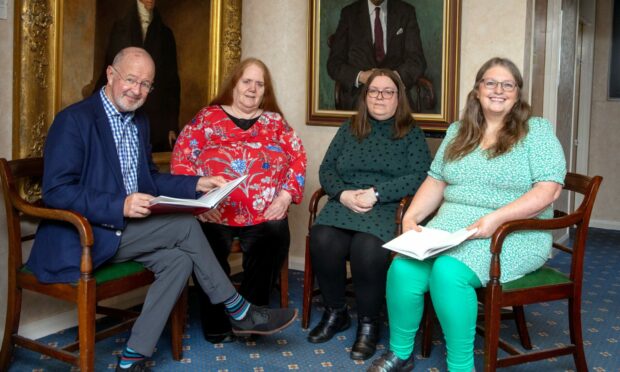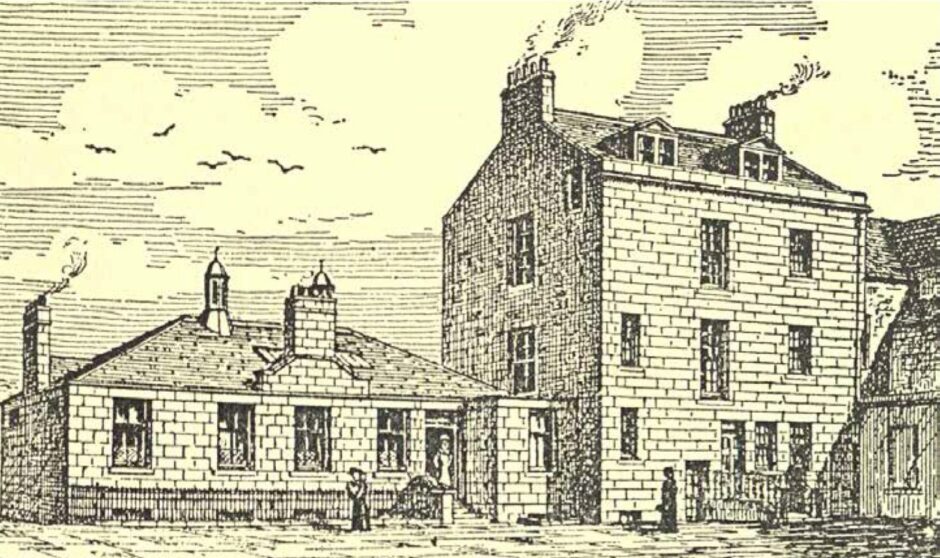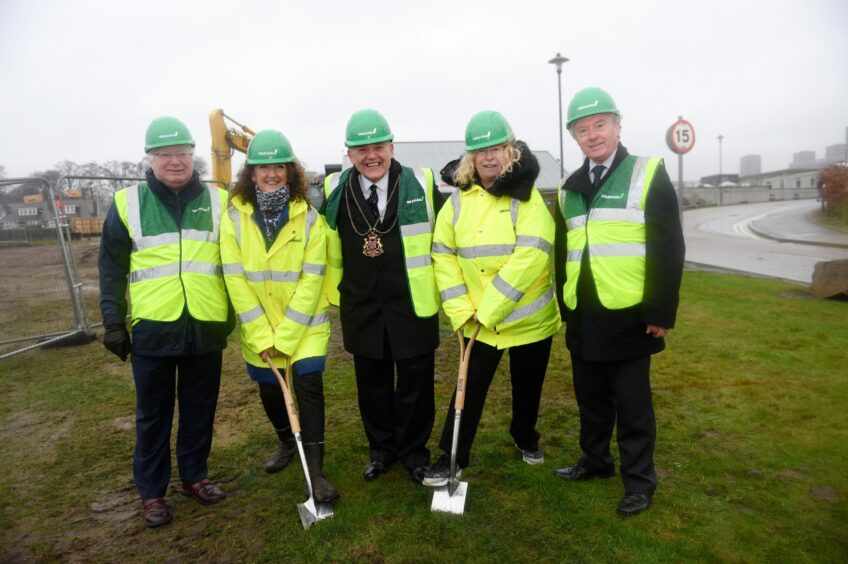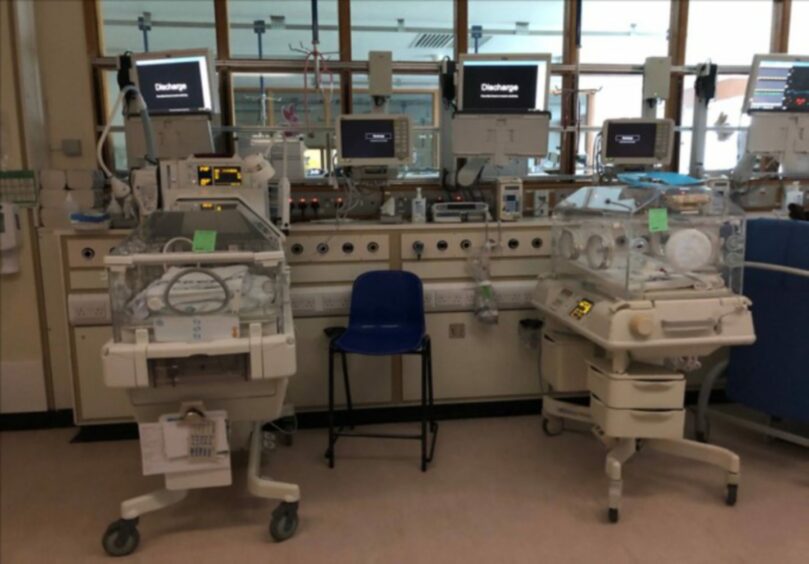They were women who shared the same name, yet their starkly contrasting fortunes demonstrate the advances in medical science since the 16th Century.
In 1597, Margaret Bane, an Aberdeenshire “howdie” – a midwife – worked methodically to assist those in her local community. But she was accused of 16 charges of witchcraft for her pains and found guilty as the prelude to being strangled and burned at the stake.
Now, fast forward almost 300 years to the birth of Margaret Myles in Aberdeen in 1892. This redoubtable character emigrated to Canada at a young age and married a farmer, but returned to the Granite City after losing her husband.
Undaunted in adversity, she began training as a midwife while working as a district nurse in Alford, but suffered the premature death of her son. Yet, in the wake of these tragedies, her commitment to helping others was emboldened and her legacy lives on.
These women made a difference
That’s because her magnum opus, Myles Textbook for Midwives, is now in its 17th edition and is the definitive resource for practical midwifery education across the world.
And it’s a reminder of how north-east pioneers have transformed the situation from Victorian times where giving birth was a hazardous business for both mother and baby.
Indeed, the stories of these two Margarets are merely a brace of the myriad examples of the staggering contribution and sacrifice that north-east men and women have brought to the advancement of midwifery and women’s health in their home city and worldwide.
A new work, Bringing Life to Aberdeen, edited by Lesley Dunbar, Alison McCall, Fiona Rennie and George Youngson, highlights the trailblazing efforts of many often unsung individuals who have made major contributions to midwifery and neonatal services.
And it’s a process which is continuing with the creation of the Baird Family Hospital and the ANCHOR Centre Project; a £244.8million building development at the Foresterhill Health Campus, scheduled to open in two phases in 2023 and 2024.
Aberdeen was at the forefront
The improvements have happened over the course of several centuries in Aberdeen with generations of its leading citizens, organisations, scientists, doctors and nurses, scholars and academics, joining forces to promote the health and wellbeing of women during pregnancy and labour and safeguarding the future of their precious babies.
The establishment of safe places for delivery of mothers and their babies started with the development of the West Wing in Woolmanhill as far back as the 1700s, particularly when the home was unsuitable for either mother or child.
Lying-in institutions in the 1800s were replaced by the first maternity hospital in Castle Hill in 1900, so that care could be provided for mothers, and if necessary their children, side-by-side in a groundbreaking facility at the same venue. And that has a been a recurring theme as we have moved into the 21st century.
Nothing stands still and nothing should be left to chance when it comes to bringing life into the world.
The Bairds were true crusaders
Prof Youngson spoke about the benefits of collaboration and teamwork and paid tribute to the often forgotten champions who toiled behind the scenes in maternity wards and never sought the limelight, but whose exploits deserve to be more widely known.
He said: “There were many people who we felt had insufficient recognition of their huge contributions. Obviously, Sir Dugald Baird and his wife Lady May Baird [who, among other things, established the first free family-planning clinic in Aberdeen and, in 1951 set up the Aberdeen Maternity and Neonatal Databank].
“In more recent times, Dr Michael Tunstall was the inventor of [the drug] Entonox that is now used for pain relief during labour throughout the world, Fenella Paton not only established Aberdeen’s first birth-control clinic, but also funded it herself from her private money and Maggie Myles wrote a textbook for midwives, which is the go-to reference book on the practicalities of delivering babies throughout the world.
“And, at the very beginning of Aberdeen’s hospital, there was Dr Alexander Gordon, who was first in the world to document the existence of childbed fever.”
Dr Mary was another campaigner
These figures toiled tirelessly to forge better lives for those around them. And, in the bigger picture, there was the example of Dr Mary Esslemont, who was noted for her work with the city’s poor and underprivileged, her activism for women’s rights – and who was awarded the Freedom of Aberdeen in 1981, aged 90.
Her medical career began in the days before the NHS was part of the fabric of British society, but when Dr Esslemont was appointed as a gynaecologist at the city’s Free Dispensary, she noticed the grinding poverty and illness which was endemic throughout many parts of the north-east and was an advocate for a system where medical treatment was not denied to those who couldn’t afford it.
Unsurprisingly, given her belief in the need for a better health system in Britain, she was always closely involved in the affairs of the BMA and was the only woman doctor to serve on the profession’s team which negotiated with Aneurin Bevan on the establishment of the National Health Service after the Second World War.
Aberdeen should be proud
The former Lord Provost, Barney Crockett, has provided a foreword for the new book and shares its authors’ commitment to shedding light on the darkness.
He said: “The early pioneers laid the basis for the dramatic advances from the 1930s onwards. It meant in Aberdeen there were far fewer deaths in childbirth for mothers or babies, smaller, better cared-for families and healthier, better-educated children.
“Statistics on all of these have marked out Aberdeen from anywhere else in the UK or far beyond in the middle years of the 20th Century.
“And the legacy of that work has spread across the world”.
The good work has to continue
The words are uplifting, but nobody is resting on their laurels and the grand scale of the Baird Family Hospital shows the determination to deliver ever-higher standards.
Prof Youngson said: “Science has been used to its maximum to ensure fertility for those couples where it had been elusive and the city has embraced and utilised technology to provide the best possible care for newborns, particularly when they were premature and vulnerable.
“But amidst all this, listening to and hearing the voices of mothers remained – and continues to be – central to the planning and development of facilities and this could not be truer than today with the opening of the Baird Family Hospital on the horizon.”
A success story for the ages
Whether or not you were born in – or gave birth in – Aberdeen, the chances are you will probably have benefitted from those who laboured to help those in labour.
And, though the next chapter has yet to be written, the story of those who have brought life to the city is truly remarkable.
The book, published by Luath, can be purchased from the ARCHIE Foundation here.






Conversation